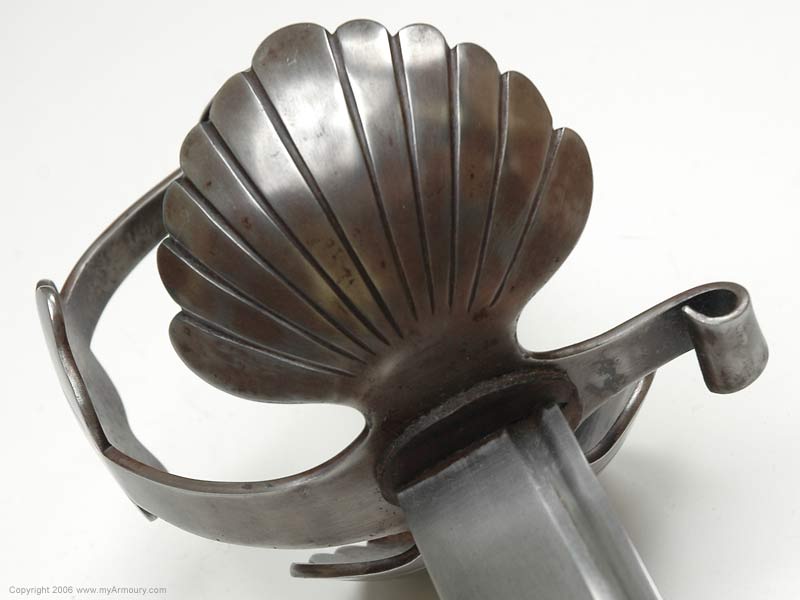Posts: 18
Tue 25 Mar, 2008 10:51 am
Hallo again.
Thanks for the link.
I must say I was a bit surprised that I oversaw that page.
Guess I wasn’t paying much attention as I had a quick look at the various pages on myArmoury.com
However…..
There are a few things that aren’t entirely clear to me…
First of all, this centnce from the The Instant Antique page:
“The sprayed steel will quickly begin to turn gray. Within 24 hours it will be Brown”
So does this mean that if you leave the pray on for 24 hours, the steal will turn brown?
This would mean that I need to wash it of sooner if I do not won’t it to turn to a brown rusty blade.
And I CERTAINLY don’t want it to turn brown.
You see, I wish to add a “used” look to my blade,
the way a sword would look if it has already had it’s share of battles and other uses.
In my case (getting the Dutch Cutlass) the effects of things like rain and salt sea-air and salty water splashing at my leather scabbard.
Like the Denix 25 Pirate Cutlass:
http://gun-sword.stores.yahoo.net/aac-458.html and
http://cgi.ebay.com/Full-Tang-NAVAL-PIRATE-CU...dZViewItem
I don’t want to let my blade look as if it is 300 years old or anything.
So, how do I need to add the salt and vinegar on my blade to get this effect?
And what about the mustard?
I hope you can once again help me out…
Sjouke
Ps:
I haven’t bin able t see how much salt and vinegar needs to be added to the blade,
and if I wish to make the effect less aggressive, is it an option to mix it with water?
 Attachment: 6.08 KB
Attachment: 6.08 KB
![BLADE swcutpntedguard06[1].jpg](files/blade_swcutpntedguard06_1__319.jpg)
this is the Antique Finish I need,
A used look

![BLADE swcutpntedguard06[1].jpg](files/blade_swcutpntedguard06_1__319.jpg)